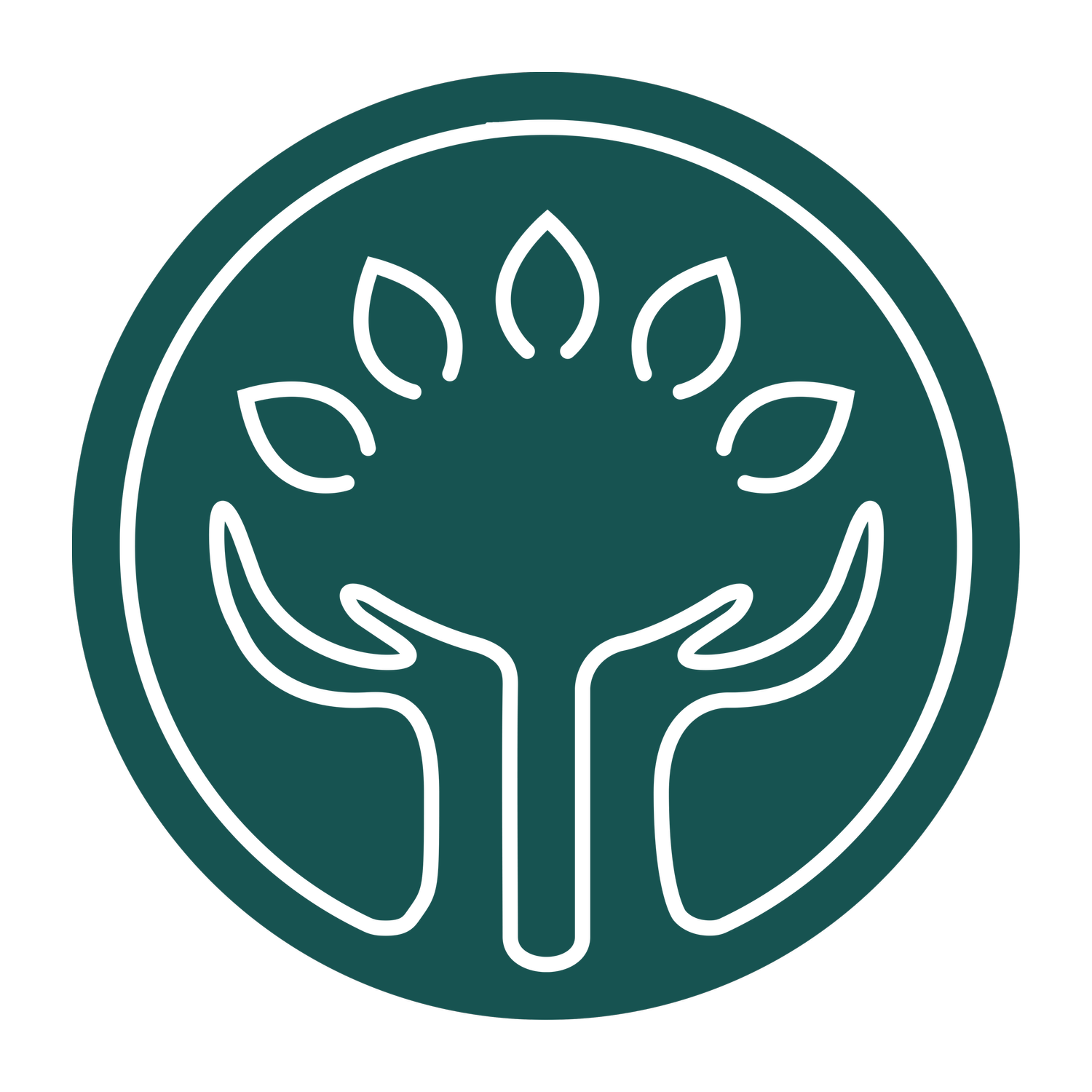Tools for Healing: Creativity
“Art is a way of emptying the mind and centering the self.”
Many times when we experience trauma in our lives, parts of ourselves including our passions and creativity can be impacted.
We may experience a loss of drive, passion, and inspiration in our lives. Part of the healing process is to awaken the creative life that has been hidden, untapped, or masked. Creativity is a process of discovering ourselves through any art form that comes from an emotional depth. Art and creativity invite us to practice the courage to let go, express, and release. We also gain insight by witnessing and exploring our art. It can be helpful to develop a relationship with the messages, symbols, patterns that are revealed through our creativity.
When we open the door to creativity, negative beliefs and judgments may arise. We may think:
“I am not an artist”, “What I painted is ugly”, “I am not a dancer, writer, painter, potter….etc.” We may feel reluctance to start due to fear of what may be revealed in our artwork.
If this is the case, ask yourself:
“What holds me back from doing art?” “What will help me feel brave to do so?” “When did I stop painting (dancing, writing, drawing, etc)” “How old was I?”
Getting to know our younger selves, particularly re-learning what we used to love to do can be a great place to start.
Another invitation is to create an affirmation that helps foster a supportive creative environment. An affirmation can set an intention for the artwork and help release the inner critic or negative beliefs about the self. Here are a few examples of affirmations to support creativity:
I am willing to experience my creative energy.
My creativity leads me closer to my true self.
I am allowed to nurture my inner artist.
I honor and respect what I create today.
Setting aside time each day or week to engage in a creative process can be incredibly supportive to healing. Research studies show that engaging in art and creative processes can reduce emotional distress, support emotional regulation, and neural plasticity in the brain. Art can also help in grounding, regulating our nervous systems, and focus our attention on the present. It can also be a way to engage in an embodied mindfulness practice in using our felt sense of our body while being creative.
People who have undergone trauma and who engage in art therapy along with psychotherapy have been shown to have higher levels of recovery from PTSD than those who engage in talk therapy alone. This is thought to be due to the fact that making art fosters feelings of control and power that the trauma had stolen from them. Bessel Van der Kolk, a renowned psychiatrist who has researched and developed effective treatments for traumatic stress says in regards to the expressive therapies, “The Capacity of art, music, and dance to circumvent the speechlessness that comes with terror may be one reason they are used as trauma treatments in cultures around the world.” (Van der Kolk, 2014)
Creativity can look different for everyone. We asked our team how they express their creativity:
Morning Pages. I write three freehand pages in the morning to dump my mind. I write my truth without a filter. I write down any and all thoughts. It helps me start my day and move thoughts through.
Making collages to support me in what is most important. I look for items in newspapers, magazines that I enjoy and on a theme. It helps provide clarity in my life.
Create an art journal. I take 10-20 minutes a day to record my feelings through a quick expression.
Going to a dance class or dancing to my favorite music to shake loose the stressors of the day. Movement can be healing and restorative as it loosens traumatic energy in the body and can release pent up energy.
I enjoy using clay to make figurines and art. I have found it healing to mold the clay as I did as a child.
Here are some resources we find helpful in developing a daily practice for art.
Please look out for group services on our website and social media to begin your healing at the RRC.

